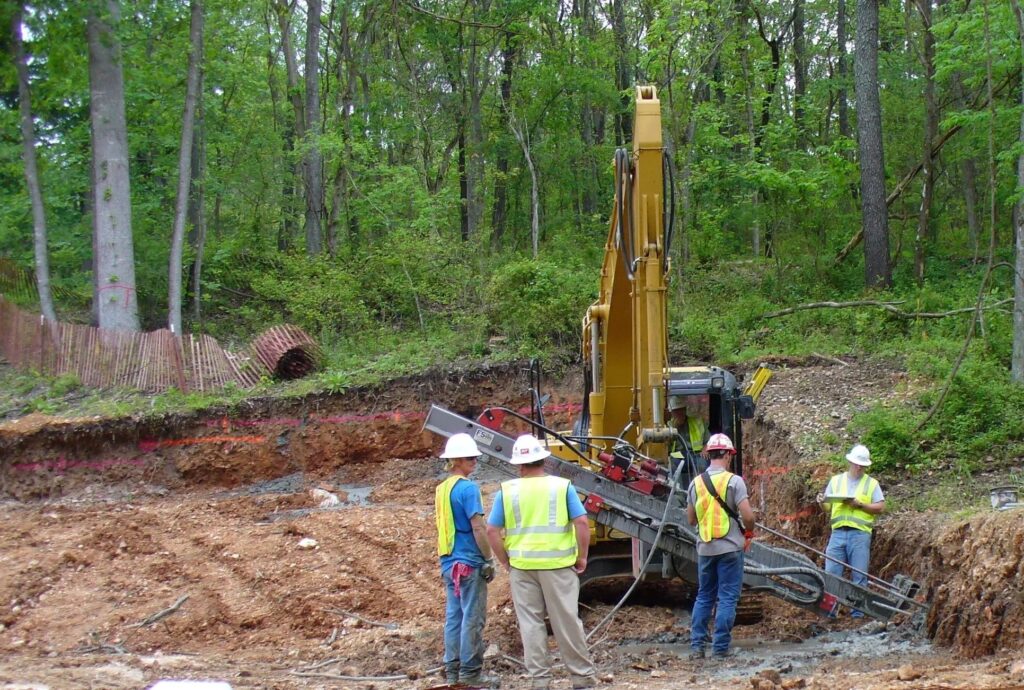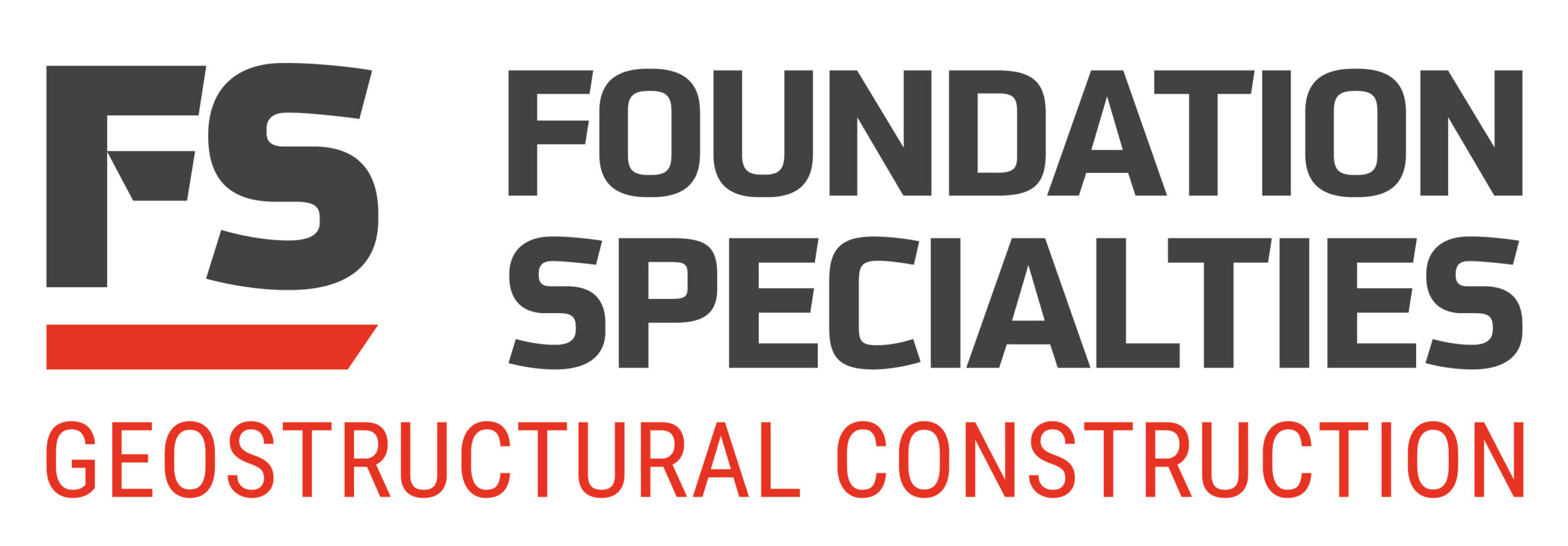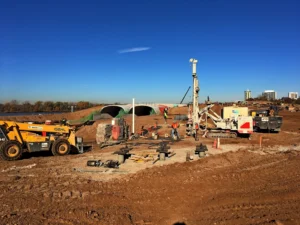
The unmistakable value of geotechnical reports
Our team will share some thoughts and insights into the importance of a proactive and well-documented geotechnical report in this article. We’ll share our thoughts on how that report will mitigate risk as the project progresses and how it may prevent unforeseen costs due to lack of subsurface “visibility.”
Assessing Subsurface Attributes Accurately
For most commercial (and some residential) construction projects, geotechnical engineering is necessary to accurately assess the subsurface area’s attributes. These investigations are digging (literally) into the earth where a potential structure will be built to provide a picture of the subsurface conditions and materials. Results of this investigation will fill in this subsurface picture in areas of soil physical engineering and chemical properties, stability of slopes, depths of underlying soil strata and rock, and other relevant properties.
Unfortunately, the picture that is created from geotechnical investigations for these potential construction projects is too often incomplete and inadequate because the owner, developer, or engineer/designer is focused on selecting the lowest bidder for the geotechnical reports instead of crafting a request for proposal (RFP) that is aligned with their construction project.
As a geostructural construction company, the geotechnical report is usually the first document that FSGC reviews for a project. We consider this our starting point and roadmap as it will, without a doubt, help us thoroughly understand what we are building upon before building UP. Without a thorough understanding of the subsurface, the structure built upon the foundation may be fundamentally compromised in the long-term due to factors that may present themselves in the geotechnical report. Far too often we and our peers are supplied with a geotechnical report that is insufficient in providing an adequate subsurface picture. Unfortunately, the incomplete subsurface picture of the low-bidder reports leads to more costs. These additional costs show up in the following ways:
Cost of Mobilizing a Drilling Rig for Additional Borings
In some instances, the borings’ location or depth was inadequate, so additional borings are needed to provide a proper design. If a sufficient number of borings and/or depth were initially specified with an aligned RFP, the original cost might have been higher. Still, it would have been much lower than mobilizing the rig again and drilling additional borings. To save money, work with a good Geotechnical Engineering company early in the project and have them help with creating the specifications. Any subcontractor’s bid will be estimated based on the scope of work and the amount of details and information provided. The challenge here is that the subcontractor(s) is operating under the assumption of ambiguity, so they will either overdesign, thus a higher bid possibly, or underestimate, be awarded the project, and ultimately send many change orders as they encounter challenges. Unfortunately, these are relatively common challenges in the construction industry that can be mitigated via a collaborative effort that starts with a proper data-driven approach with technical reports built into the early stages.
Opportunities for Value Engineering (VE)
Design-Build Geostructural Construction companies such as FSGC may be able to offer a VE solution for foundations and/or support of excavation. Unfortunately, when a geotechnical report does not provide an adequate picture of the underlying area, VE solutions are challenging to offer. Opportunity cost could be substantial for a project with a poor geotechnical investigation and report. One of the most beneficial value-added services FSGC provides is to partner and assist engineers in the project’s early planning & design stages on potential solutions and approaches for foundation design. These possible solutions will guide the geotechnical engineering consultants in the number, depth, and analysis that should be done to give the best picture.
How do we move forward?
It starts with the “measure twice and cut once mindset, where the initial savings of a less thorough investigation may quickly be invalid due to lack of insight, thus needing to investigate the site and redesign the steps moving forward. A complex construction project will require data and insights into the subsurface, so an accurate and well-researched proposal or response to an RFP may be given.
Connect with FSGC to receive technical training via lunch & learns morning briefs and seminars in the afternoon. If we can help educate and train your engineers and project designers, we may give them insights into our “world” and have them view engineering via a different lens. This may help support the project that is well-designed and the scope remains clear and concise.

